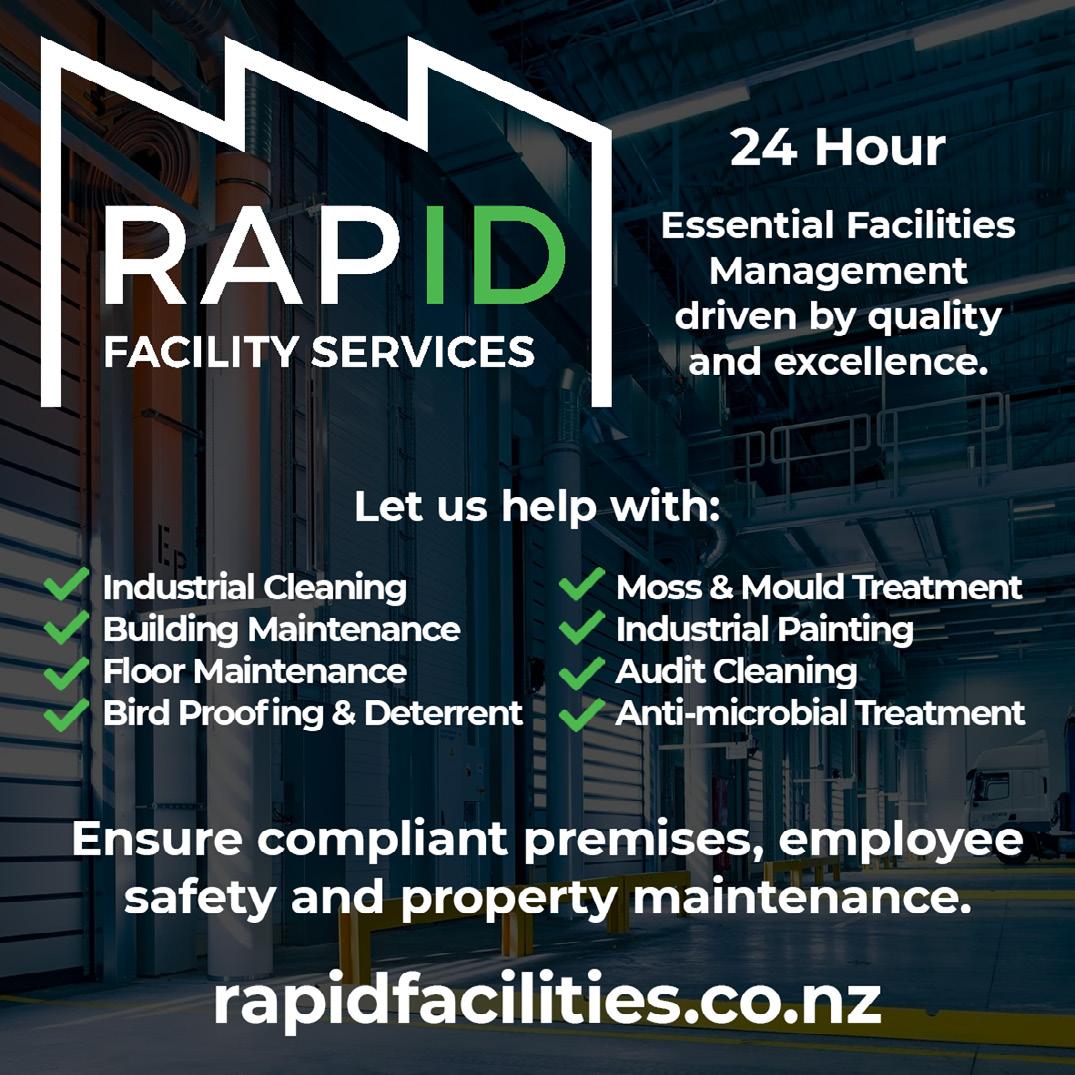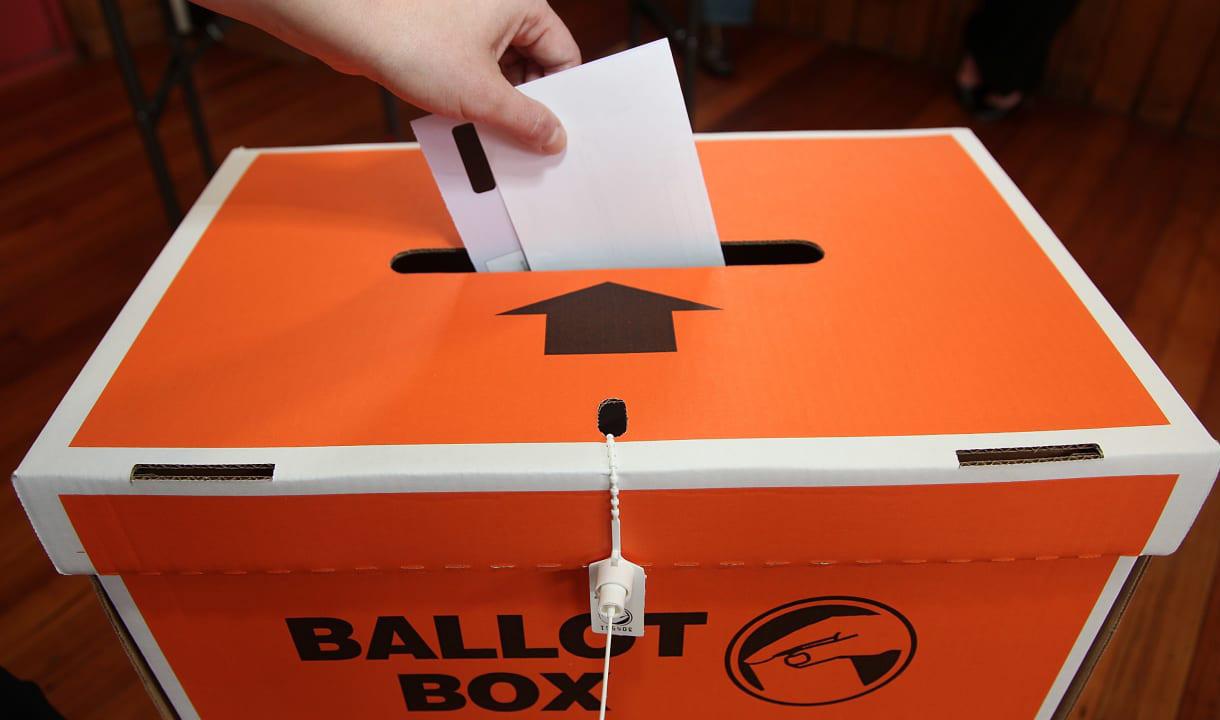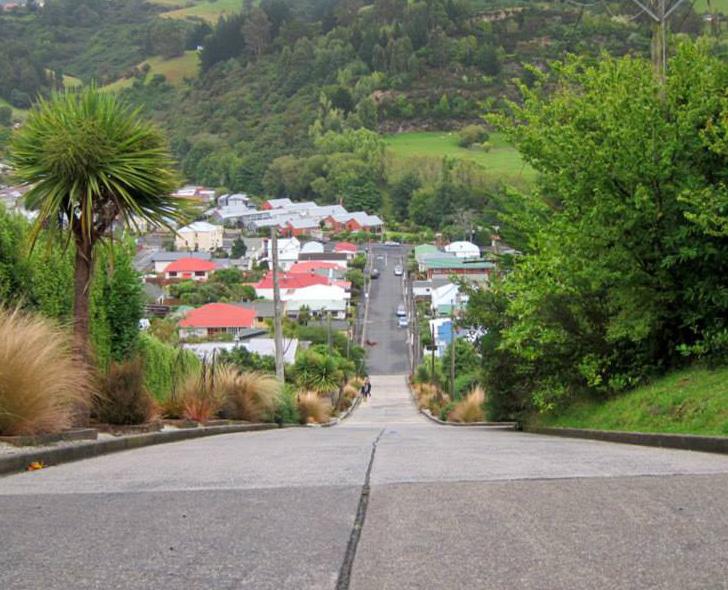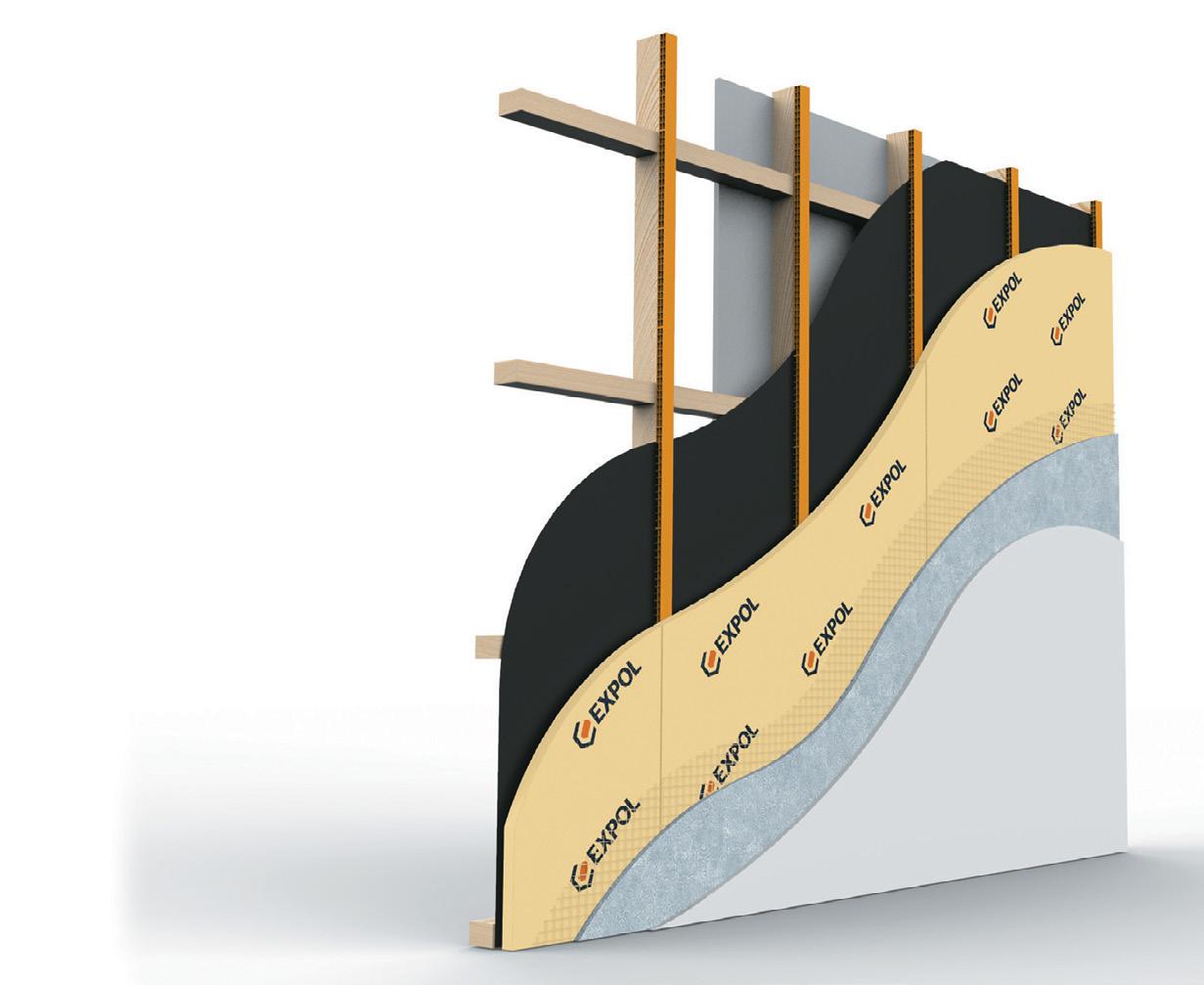
4 minute read
Entire house 3D printed in just three weeks
August - September 2020
The two-storey house is located on the premises of Kamp C in Westerlo, Belgium. It is eight metres tall and has a floor area of 90 square metres, the average size of a terraced house in this region.
Advertisement
“What makes this house so unique, is that we printed it with a fixed 3D concrete printer”, says Emiel Ascione, the project manager at Kamp C. “Other houses that were printed around the world only have one floor. In many cases, the components were printed in a factory and were assembled on-site. We, however, printed the entire building envelope in one piece onsite.”
The house was printed as part of the European C3PO with financing from ERDF (the European Regional Development Fund). With this feat, the project partners hope to raise interest in the building industry about the use of 3D concrete printing as a building technique.
Kathleen Helsen, the Provincial Deputy for Housing and the President of Kamp C says the building industry has expressed plenty of interest.
“3D printing in construction is experiencing an uptick around the world. Several possibilities, including the printing of provisional housing and even complete apartments, are already being implemented, but this technology is still very novel in Flanders.”
“At the same time, the construction industry is facing unprecedented challenges: we must reduce our consumption of materials and energy, reduce CO2 emissions and the waste stream, the demand for high-quality and affordable housing is on the rise, and so on.
Entire house 3D printed in three weeks
A world first, a whole two-storey house was printed in one piece using the largest 3D concrete printer in Europe
“At Kamp C, we believe that new technologies, such as 3D concrete printing, can help provide a response. That is why we created this unique location on our site, where construction companies can experiment with 3D printing, together with research and education institutions.”
The printed house is three times sturdier than a house built with quick build bricks. “The material’s compressive strength is three times greater than that of the conventional quick build brick”, Marijke Aerts, the project manager at Kamp C, explains. This first house is a test. The researchers will now check whether solidity is retained over time.
Besides the fibres in the concrete, the amount of wire-mesh reinforcement used is extremely limited. As a result of the printing technology used, formwork was redundant, saving an estimated sixty percent on material, time, and budget. In the future, an entire house could be printed in just under two days. If you add up all the days, it took just three weeks to print the house at Kamp C.
The model home was designed to showcase the technology and the potential of 3D printing. “We printed an overhang, it has heavily curved walls, different types of walls… We also incorporated solutions to the traditional thermal bridge, eliminating cold bridges altogether”, says Ascione. “We developed a low-energy house, with all the mod cons, including floor and ceiling heating, special façade solar panels and a heat pump, and we will also be adding a green roof.”
“When we started to build it, we had no idea which use the building would have. Our aim was to print the floor area, height, and shape of an average contemporary home, in the form of a model home with multipurpose options. This is a principle of circular building. The building can be used as a house, a meeting space, an office, or an exhibition space. People can visit the house from September after making an appointment”, says Piet Wielemans, who is an architect at Kamp C.
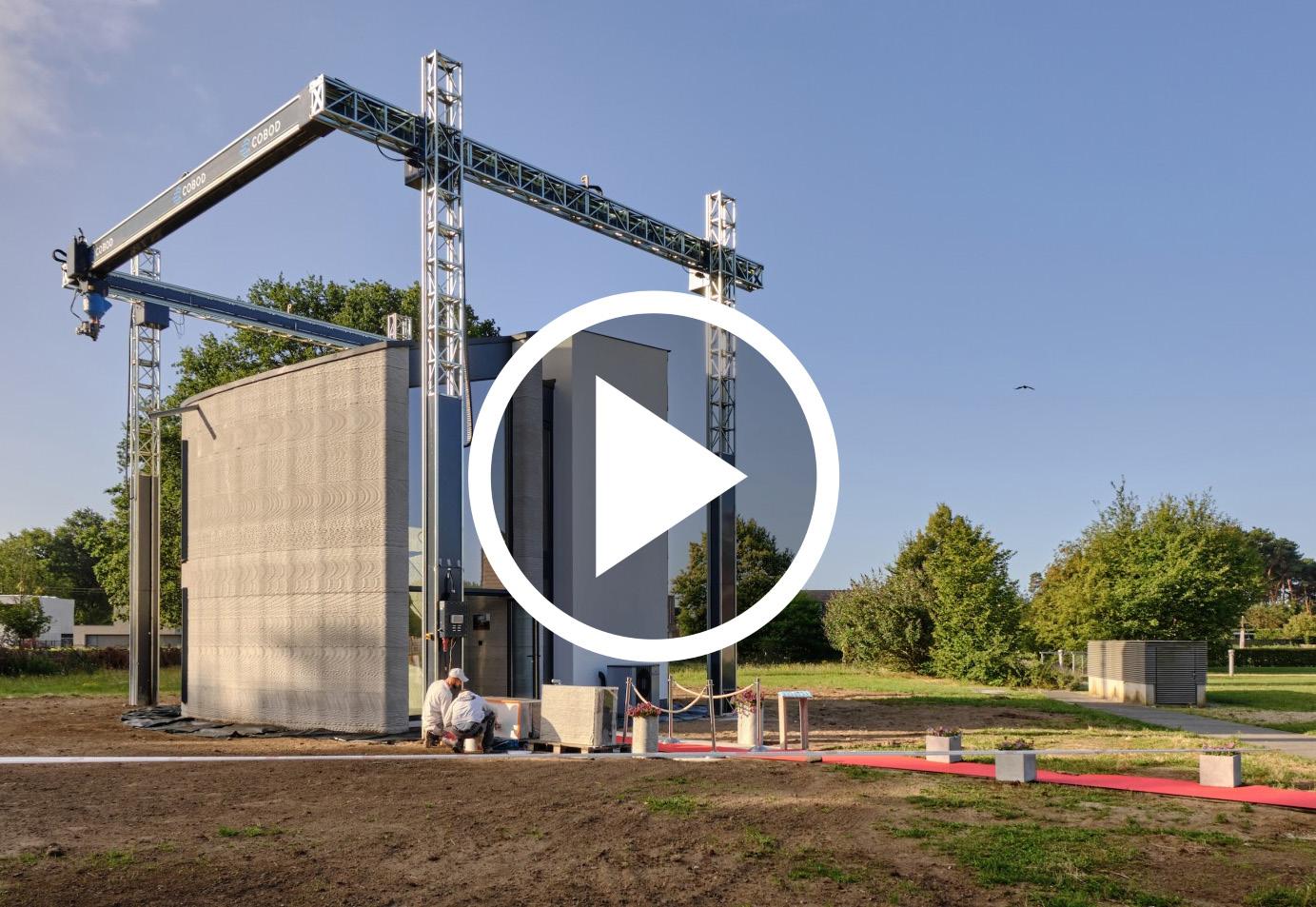
Hard work Sponsored Article gets results
Rapid Facility Services' success is driven by a team that combines experience, commitment and a professional skillset covering every aspect of facilities management
The team was forged and landlords needed was by three friends to make a single call and working in the inget a reliable and qualified dustry who realised that the support team that would key thing stressed building cover any aspect of facilimanagers, business owners ties management.
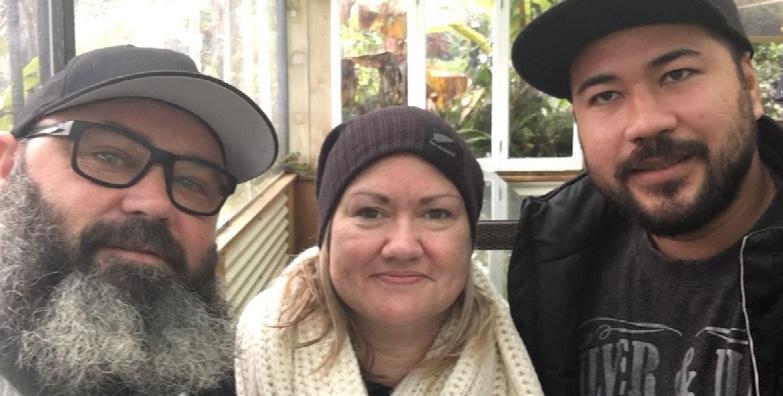
Paul Schoch, Robyn Schoch and Andrew Chan
The Rapid trio set down a business philosophy that “we will do what others can’t or won’t do “ and set about assembling a highly trained, efficient and safety-conscious team of professionals who get the job done right, the first time.
Today that service stretches from food manufacturers’ audit cleaning, all aspects of industrial cleaning, painting, building and floor safety management to anti-microbial and moss and mould treatments to prevent surface damage to roofs, ceilings, walls, floors and specialised equipment.
